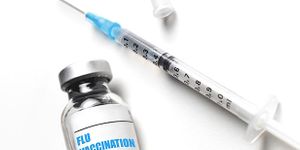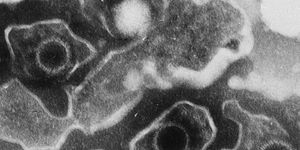Scientists Think Mammograms are Unnecessarily Painful
Mammograms are among the top routine procedures that make women cringe the most. For sure, it’s an important tool for early diagnosis of breast cancer. But does it have to be so painful?
Thankfully, the answer may soon be “no.” According to new findings from Sweden, the young scientists say reducing the compression on the breast tissue would yield the same resulting image quality. Furthermore, instead of rigid plates that could pass as torture devices, the researchers propose using flexible plates that would also alleviate pain without compromising the screen.
This year, doctors will diagnose over 240,000 new cases of breast cancer in women. Mammograms have been the standard first line of defense in breast cancer detection, but a significant portion of women opt out of the screen due to the uncomfortable pain involved during a screen. And not without reason – during a mammogram, the woman’s breasts are compressed between two plates to even out the tissue thickness. The idea is to help X-rays penetrate the tissue as evenly as possible to yield a high-quality image.
But if the pain of the procedure turns off women, they are less likely to get screened, and a powerful tool is less effective at helping early diagnosis. To circumvent this, researchers at Lund University in Sweden analyzed the compression force on the breast. In particular, the aim was to measure how the breast tissues were distributed with changes in the pressure.
As it turns out, stronger compression of the breast – and thus, more pain for the patient – doesn’t necessarily mean better images or diagnosis. In fact, "reducing compression by half has little effect on how the pressure is distributed over the central areas of the breast. And they are the ones which are most important for cancer diagnosis," said Magnus Dustler, who conducted the research for this thesis defense.
The reduction in compression force could also come from using flexible plates instead of rigid ones. "Flexible plates therefore enable better image quality without increased compression force. One can also choose to be satisfied with existing image quality and in that case reduce the compression force and the pain," said Dustler.
While he’s at it, Dustler proposed to incorporate pressure sensors on the plates to collect physical density data on the tissues. Cancerous tissues are more likely to be dense and stiff, properties that can be easily picked up by the sensors and add more information from the diagnostic exam.
Here’s to hoping Dustler’s research takes off in clinical settings for less uncomfortable mammogram exams.
Additional sources: Lund University via Science Daily









